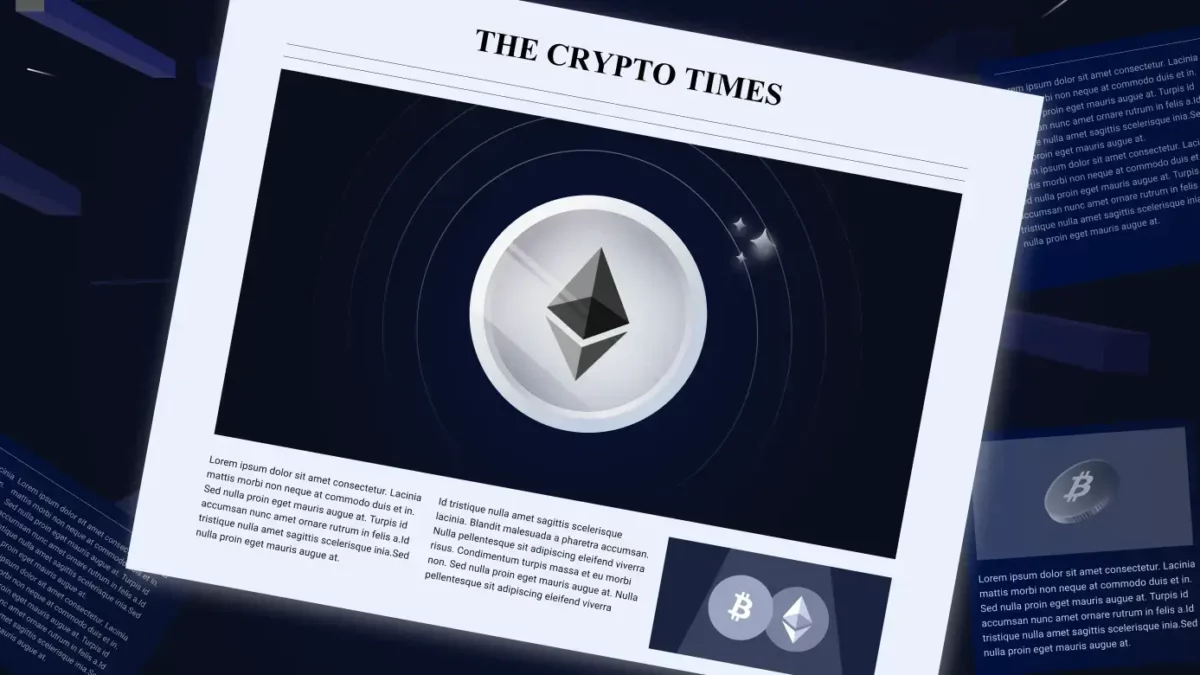Key Takeaways:
- Ethereum Gas Limit Increase: Core developers have launched the ‘pump the gas’ initiative to raise Ethereum’s gas limit from 30 million to 40 million, aiming to scale the network and reduce transaction fees on layer 1.
- Transaction Fee Reduction: The proposed gas limit adjustment could potentially significantly reduce layer-1 transaction fees, estimated between 15% to 33%, benefiting Ethereum users and stakeholders.
- Community Support and Debate: The initiative has garnered support from Ethereum users, stakers, and DeFi investors, which is evident from the traction gained by the #pumpthegas hashtag. However, there are dissenting voices within the community, highlighting concerns about potential downsides and timing of the proposal.
- Technical Considerations: While increasing the gas limit could enhance transaction capacity, it also raises concerns about blockchain state size, network performance, and security risks such as network spam and attacks, as expressed by Ethereum developers and stakeholders.
- Scalability Solutions: Alongside the gas limit adjustment, the initiative advocates for the use of data blobs introduced in the Ethereum Dencun upgrade to reduce layer-2 transaction fees, emphasizing a holistic approach to scaling both layer 1 and layer 2 of the Ethereum network.
Additional Read: Ethereum Price Prediction
In a bid to enhance Ethereum’s scalability, core developers have launched a new campaign advocating for an increase in the blockchain network’s long-static gas limit. The initiative aims to elevate Ethereum’s transaction capacity, thereby reducing transaction fees on layer 1.
On March 20, Eric Connor, a core Ethereum developer, along with Mariano Conti, former head of smart contracts at MakerDAO, introduced the ‘pump the gas’ initiative. This endeavor seeks to raise the Ethereum gas limit from its current 30 million to 40 million. Connor asserts that this adjustment could potentially slash layer-1 transaction fees by 15% to 33%.
Today, @nanexcool and I are launching an effort to help raise the Ethereum gas limit from 30mn to 40mn
This can result in a 15-33% reduction in L1 tx fees
We are calling on solo stakers, client teams, pools and community members to help#pumpthegas https://t.co/TYoyI35cle
— eric.eth (@econoar) March 19, 2024
The call for amplifying the Ethereum gas limit has garnered significant traction in recent months. Ethereum co-founder Vitalik Buterin proposed the increase from 30 million to 40 million in January, a sentiment echoed by base contributor Jesse Pollak, who strongly supported the move, citing network capacity and benefits for all parties involved.
The Ethereum gas limit, which refers to the maximum gas spent on executing transactions or smart contracts in each block, is crucial in regulating network operations. Each operation incurs a predefined gas cost, and contracts have a gas limit they cannot surpass during execution, guarding against malicious contracts that could overload the network.
The initiative’s website outlines the potential benefits of a 33% increase in the gas block limit, emphasizing the network’s enhanced capacity to process a higher transaction load. Additionally, it suggests that the introduction of data blobs, a feature of the Dencun upgrade with EIP-4844, aids in reducing layer-2 transaction fees but does not address layer-1 fees. Therefore, a combination of data blobs and a gas limit increase could effectively scale both L1 and L2 Ethereum.
Despite the campaign’s momentum, not all Ethereum stakeholders are in favor of this adjustment. Venture investor and Ethereum advocate Evan Van Ness expressed reservations, particularly regarding the timing of the proposal, citing recent increases in the block size. Additionally, Ethereum developer Marius van der Wijden voiced concerns about potential downsides, including increased blockchain state size, which could lead to slower network performance and potential security risks such as network spam and attacks.
As the debate continues, the Ethereum community grapples with the complexities of scalability and network optimization, seeking a balance between transaction efficiency and network security.
Source: CoinTelegraph
Related posts
Bitcoin Price Hits New All-Time High Following Fed’s 25-Basis-Point Rate Cut
Fed’s interest rate cut spurs crypto momentum, boosting Bitcoin and Ethereum prices.
Read more
Blum Secures Major Investment from TOP to Strengthen DeFi Presence in TON Ecosystem
TOP’s backing aims to accelerate Blum’s multi-blockchain expansion.
Read more


